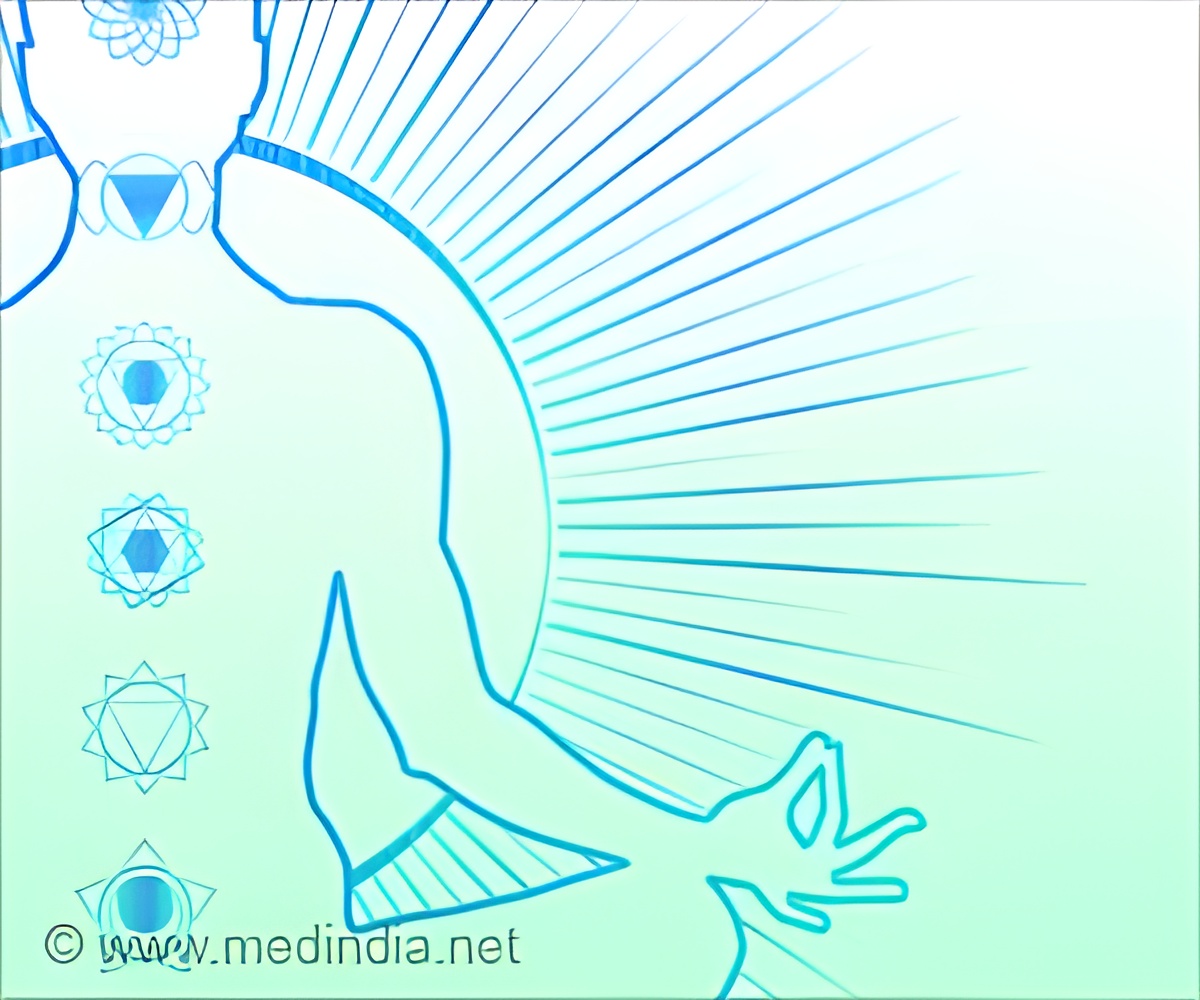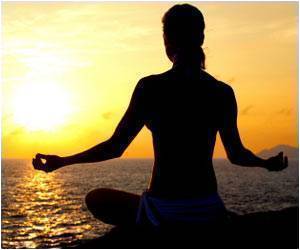Ancient Indian practice of yoga helps maintain good mental health. Yoga harmonizes body and mind and restores our emotional balance.

‘Shavasana pose is typically performed at the end of yoga routines and helps boost mental health and relaxes the body.’





Stress is the root cause of several lifestyle diseases. Yoga adopts a scientific approach of exercising and relaxing to ease the stress of modern day living. Yoga also contributes to improving memory, sleep and even quality of life in elderly persons with mild memory impairment. Here are some poses that help improve mental health besides providing other health benefits:
Shashankasana or child's pose:
This asana stimulates your nervous system thereby re-energizing your whole body. This asana is basically a resting pose somehow resembling a child in fetal position. It is performed by sitting down on the knees and then bending forward so that the chest touches the thighs, and the forehead touches the ground. Stretch the arms forward. If performed with precision regularly, the performer will notice a sense of mental, physical, and emotional comfort descending upon him/her. Like most yoga asanas, this one, too, should be performed on an empty stomach or at least six hours after a meal. However, people suffering from high blood pressure and back pain should avoid this asana.
Vipareetakaraniasana:
Advertisements
Hasta Utthanasana:
Advertisements
Shavasana:
Lie flat on your back, keeping the body straight and hands at the sides with palms facing upwards. Close your eyes and hold the position for at least five minutes. Even pregnant women can practice this asana as it will help them prevent prenatal depression, a prevalent mental disorder in women during pregnancy.
It should be noted that the above-mentioned yogic practices are to be learned in a gradual manner under the supervision of a yoga expert. Yoga enables a practitioner to expand their mental faculties and achieve a greater acceptance of self and others, which ultimately leads to calmer approach to the life.
Yoga encourages practitioners to experience an open heart. Many yogic philosophers consider the entire practice to be about metaphorically connecting to our hearts. Within the chakra system, the heart lies in the middle of the seven chakras. Asanas such as arda chakrasana (back bend), kapotasana (pigeon pose), and ustrasana (camel pose) encourage the expansion of the centre of the chest which is the location of the anahata chakra, the yogic heart centre. Visualizations and pranyams in yoga also encourage open heartedness.
Source-IANS















